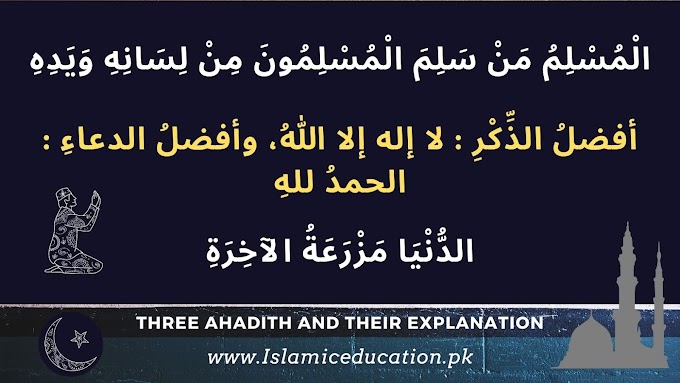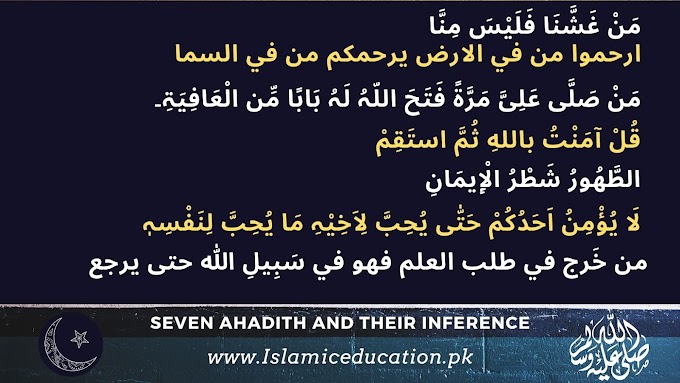Introduction
The Jalali calendar, also known as the Persian calendar, is
a solar calendar that is used in Iran, Afghanistan, and other countries in the
region. This calendar has been in use for over a thousand years, and it has
played an important role in the history and culture of the region. In this
article, we will take a closer look at the Jalali calendar, including its
history, features, and how it is used today.
History of the Jalali Calendar
The Jalali calendar was first introduced in 1079 AD by the
Persian polymath Omar Khayyam. Khayyam was a poet, mathematician, and
astronomer, and he was commissioned by the Seljuk ruler, Malik Shah, to create
a new calendar that would be more accurate than the existing calendars in use
at the time. Khayyam based his calendar on the solar year, which is the time it
takes for the Earth to complete one orbit around the sun. He also included a
leap year system to account for the extra 0.25 days that are added to the solar
year each year.
The Jalali calendar was widely adopted in the region, and it
became the official calendar of the Seljuk Empire. It was also used by the
Safavid, Qajar, and Pahlavi dynasties that followed. Today, the Jalali calendar
is still used in Iran, Afghanistan, and other countries in the region.
Also read: 👉 Who is Akça Hatun? Wife of Sultan Alp Arsalan - Biography in English
Features of the Jalali Calendar
The Jalali calendar is a solar calendar, which means it is
based on the solar year. The solar year is 365.24 days long, which is about 11
days longer than the lunar year. This means that the Jalali calendar has 12
months, with each month having 29 or 30 days. The year is also divided into
four seasons, with each season lasting about three months.
One of the unique features of the Jalali calendar is its
leap year system. The calendar includes a leap year every four years, which is
similar to the leap year system used in the Gregorian calendar. However, the
Jalali calendar has a different method for determining leap years. In the
Jalali calendar, a year is considered a leap year if the remainder when the
year is divided by 33 is one of the following numbers: 1, 5, 9, 13, 17, 22, 26,
or 30.
Another feature of the Jalali calendar is that it uses a different system for numbering the years. In the Gregorian calendar, the year is numbered based on the birth of Jesus Christ. In the Jalali calendar, the year is numbered based on the Hijra, which is the migration of the Prophet Muhammad (ﷺ) from Mecca to Medina in 622 AD. This means that the Jalali calendar is about 621 years behind the Gregorian calendar.
How the Jalali Calendar is Used Today
The Jalali calendar is still used in Iran, Afghanistan, and
other countries in the region. In Iran, it is the official calendar and is used
for all government and official purposes. It is also used for religious and
cultural events, such as the Persian New Year, which is celebrated on the first
day of the first month of the Jalali calendar.
In Afghanistan, the Jalali calendar is also used for
official and religious purposes. However, it is not the official calendar of
the country, and the Gregorian calendar is also used for some official
purposes.
In other countries in the region, the Jalali calendar is used by the Persian-speaking communities. For example, in Central Asia, the Tajik, Uzbek, and Turkmen communities use the Jalali calendar for religious and cultural events.
Also read:
How Quran and Sunnah guides the life of an individual Muslim
How Muslim communities seeks guidance from Quran & Sunnah
10 Reasons Why the Quran is the Best Book Ever Written
Hazrat Ali and some of main events of his caliphate
Two major experiences of the Holy Prophet (ﷺ) in the caves
Keep visiting Islamic Education

.jpg)





